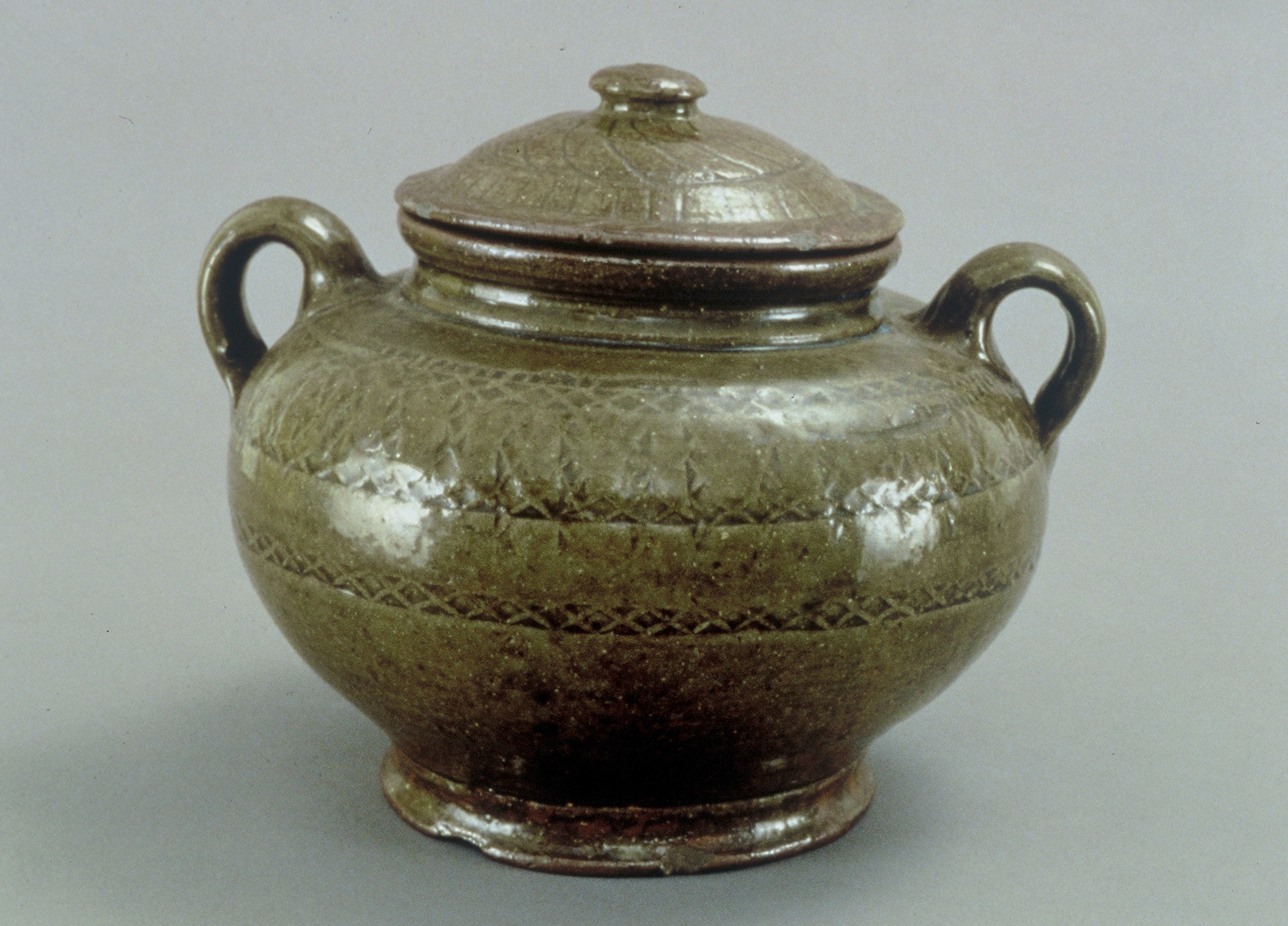Pottery Show to Spotlight Historic Cleburne County
09/20/2016

The third annual Cleburne County Pottery Show will be held on Sept. 24, 10 a.m. to 2 p.m., at JSU's Cleburne County Mountain Center located two miles north of Heflin off Highway 78. Admission is free and open to the public.
Historic pottery of Cleburne County will be shown by pottery collectors from across the South. Visitors are encouraged to bring family pottery in for identification and historical background. Joey Brackner of the Alabama State Council on the Arts - who authored Alabama Folk Pottery - will present a talk and show on the Pottery of Cleburne County. Contemporary potters Mike Williamson and Bobby Gaither will be selling newer items made by today’s folk potters. The show will provide deep insight into the beauty and skills of the mountain people of Cleburne County.
Northern Cleburne County has a romantic history of secluded mountains and self reliant mountain people. Many of the basic necessities these people used were made in the local region. Food storage containers and table wares were made at local potteries and used in every household in the county. These potteries appeared in the Oak Level area in the mid-19th century and operated until 1930. Items such as churns, storage jars, pitchers and jugs were common products of these potteries. In the case of Cleburne County potteries, an uncommon and beautiful addition to this line of pottery wares also included sugar bowls. These attractive and highly decorated pottery bowls are esteemed throughout the country and recognized as one of the most desirable pottery types in the South.
“Thanks to Bill Garland, a folk pottery collector who also works here in our JSU office, we’ve been able to assemble a real collection of great collectors," said Pete Conroy, director of the JSU Environmental Policy and Information Center. "This event gets bigger each year and is now one of the largest celebrations of historic pottery in Alabama. We hope everyone in the region will come out to see and better understand the importance of these great collections.”

